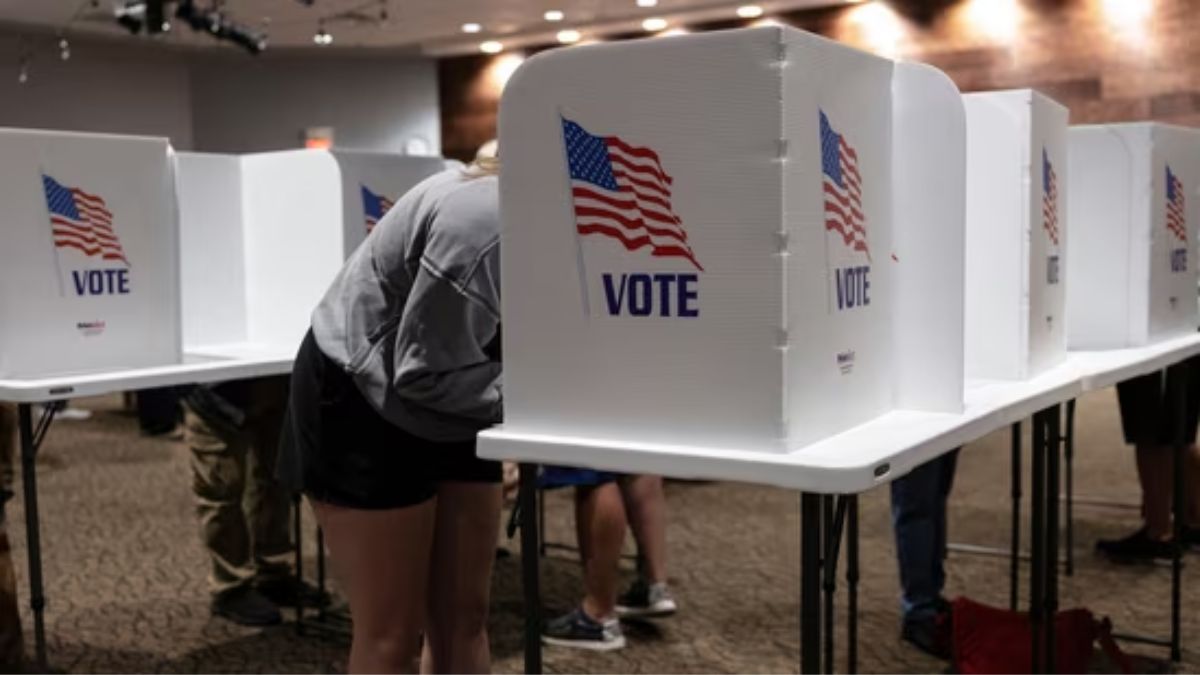 Image credits - Hindustan Times
Image credits - Hindustan Times
Advertisement
In the United States, election day falls on the first Tuesday of November every year. While it may seem like a straightforward choice, the timing of U.S. elections is rooted in the nation’s agricultural past and the practical needs of its citizens in the 19th century. This tradition was officially set by Congress in 1845, and its reasoning is deeply tied to the country’s social and economic landscape at the time.
The Agricultural Society of 19th century America
When the U.S. election system was first established, much of the population was engaged in farming, especially in rural areas. These communities were heavily dependent on harvest cycles, and November was a key time for gathering crops before the harsh winter weather set in. Holding elections later in the year allowed farmers to vote after the harvest and before the winter months, when travel could become difficult due to snow and mud.
The importance of Tuesday
The decision to set elections on a Tuesday, rather than any other day of the week, was influenced by practical considerations. At the time, many people traveled long distances to reach polling stations, and the Tuesday date provided a window for them to travel on Monday without disrupting their Sunday religious observances. Sunday was considered a day of rest and worship, and setting elections on a Tuesday ensured that people could attend church and still make the journey to vote.
A decision made by Congress
Before 1845, states had the autonomy to choose their own election days, leading to confusion and inconsistency. Voter turnout was sometimes low, and the potential for conflicts with local and regional schedules was high. To standardize the election process and increase participation, Congress passed a law in 1845 that designated the first Tuesday of November as the official date for the general election of the president and Congress.
This decision was largely motivated by the needs of an agrarian society and was meant to provide a balanced window of time for all eligible citizens, particularly farmers, to make their way to the polls. Although the country’s demographics and lifestyle have drastically changed since then, the tradition of the first Tuesday in November has endured.
The persistence of the tradition
Today, the first Tuesday of November continues to be the fixed date for U.S. elections, even though the context has shifted dramatically. With most Americans living in urban areas, and modern transportation making travel more convenient, the need for an election date specifically designed to accommodate farmers is no longer relevant. Nevertheless, the tradition remains intact, and it serves as a reliable, consistent marker in the U.S. election calendar.
Conclusion
The decision to hold U.S. elections on the first Tuesday of November is a reflection of America’s historical roots in agriculture and the importance of accommodating the working class at a time when travel was arduous. While the societal context has evolved, this practice endures as a testament to the practicality and foresight of 19th-century lawmakers.
